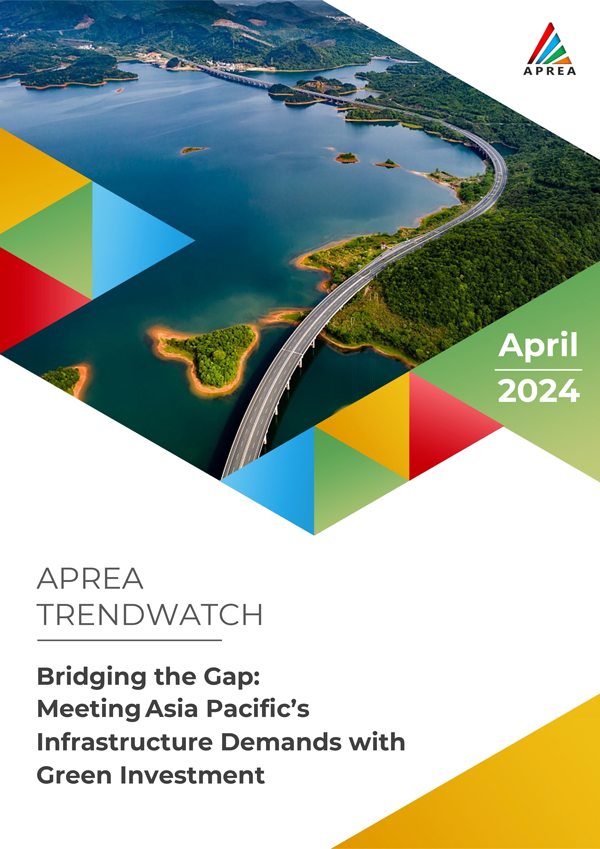Fractional ownership is a co-ownership framework wherein the retail investor can invest in smaller fractions of the property with relatively smaller amounts.
With Securities and Exchange Board of India (SEBI) formulating detailed guidelines for Small and Medium REITs (SM-REITs), a large number of erstwhile unregistered Fractional Ownership Platforms (FOPs) for real estate assets are expected to get listed as SM REITs. This will effectively have the potential to regularize underlying real estate assets to the tune of over INR 40 billion in the near to midterm.
Key highlights of the report include:
Business leaders are currently dealing with the crucial question - how can they effectively optimise resources, maximise savings and drive growth as they navigate a dynamic business landscape in 2024. Their challenges remain compounded by unprecedented inflation, fierce competition for talent, and the rising pressures of digitalisation and climate action.
Amid this scenario, offices today, albeit with much higher workforce flexibility, remain the epicentre of the work culture, with relocation decisions being underpinned by talent strategy and ESG goals. In Asia Pacific, a much greater pull to the office is creating higher occupancy than witnessed in other markets globally – causing the continued upward pressure on office rentals across the region.
In this edition of our Expert Insights | Asia Pacific Office Markets April 2024, we highlight six priorities to achieve cost savings in office real estate. We also present the Colliers Q1 2024 Office Market Research Reports from key Asia Pacific markets, unearthing actionable insights for real estate leaders.
Read the Report Read MoreThe Asia Pacific faces a critical need for infrastructure development due to rapid urbanisation and economic growth, necessitating substantial investments. Over the past decade, infrastructure investments have evolved, focusing on green initiatives and technological advancements. However, despite the availability of funds, challenges such as regulatory hurdles and financing constraints persist. To address these challenges, governments and stakeholders must collaborate to streamline processes, attract investments, and prioritise sustainability in infrastructure projects. By implementing innovative financing mechanisms and regulatory reforms, the region can bridge the infrastructure gap while advancing towards a greener, more progressive future.

Key Takeaways
Q1 2024 Singapore Figures report provides the latest commentary and data on net absorption, rents, vacancy, supply and other key metrics in Singapore's office, business parks, retail, residential and industrial markets, along with an analysis of real estate investment activity.
Office: Low vacancies, limited supply and flight to quality continued to drive office rental growth. Net absorption was relatively flat in Q1 with no fresh supply.
Business Parks: Overall demand for business parks remained cautious. Shadow space increased due to consolidations within the banking and financial sector.
Retail: The Orchard Road and City Hall/ Marina Centre submarkets continued to outperform in Q1 2024. As such, prime islandwide retail rents sustained its recovery, rising by 1.0% q-o-q.
Residential: New home sales remained muted in Q1 2024 despite a pickup in launches. Private home prices extended their increase but the pace of growth moderated.
Industrial: Given limited options for occupiers seeking prime logistics facilities in the near term, rental performance is still expected to be steady in 2024.
Investment: Preliminary real estate investment volumes in Singapore for Q1 2024 fell 23.4% q-o-q (down 30.9% y-o-y) to $4.372 bn, mainly on a decline in public land sales.
This report was originally published in https://www.cbre.com.sg/insights/figures/singapore-figures-q1-2024
Download the Report Read More